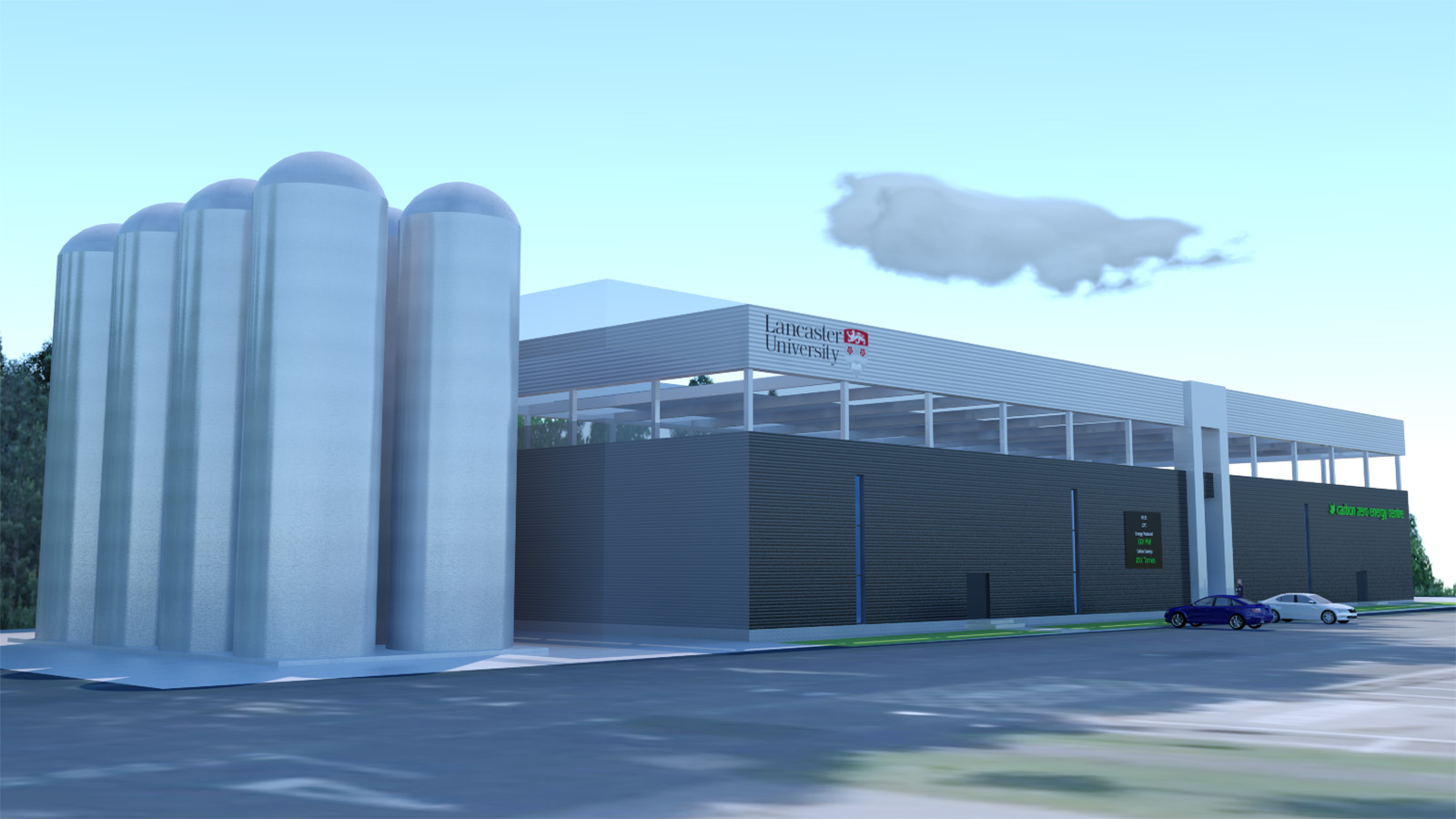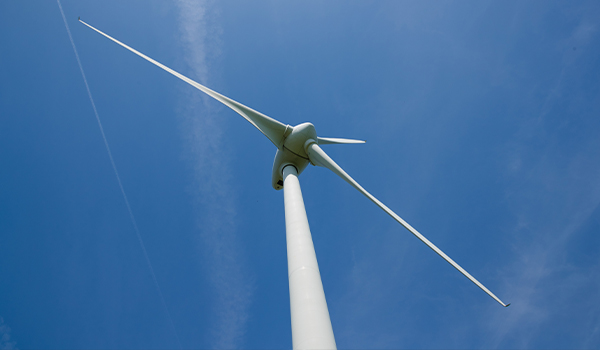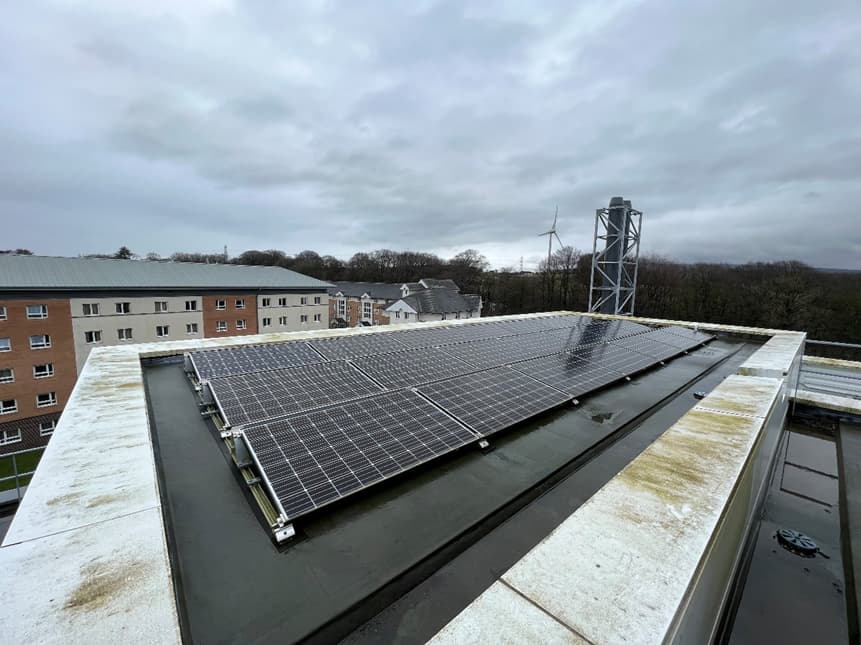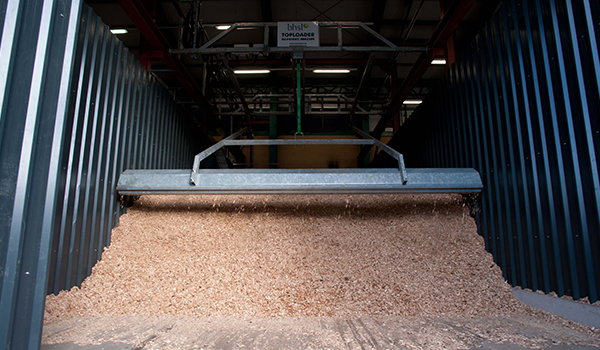The 52-acre solar farm will generate enough energy to supply over 25% of the campus annual electricity demand. The project also includes a comprehensive landscaping scheme that will enhance the area's hedgerows and woodland, protecting views for local walkers and creating an environment that will support wildlife and increase biodiversity.
The new solar farm will also house a bespoke research facility enabling research and teaching across disciplines from plant science, to control system engineering. The solar farm will encompass a 50kW agrivoltaics demonstrator enabling the production of crops and electricity from the same land area. It is believed to be the first field demonstrator in the UK and will comprise an area of tracking photovoltaic arrays and an area of vertical panels.





.jpg)

